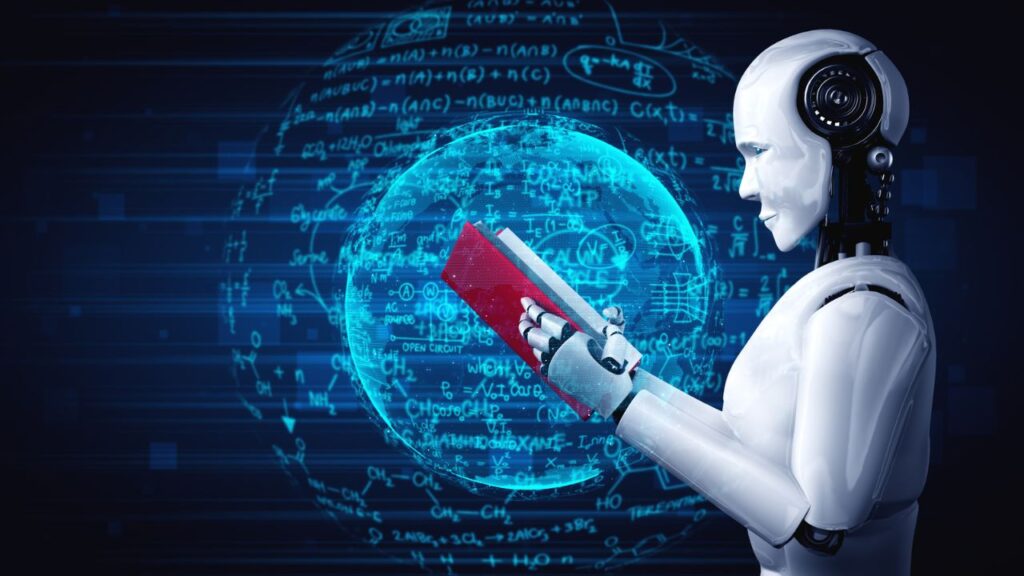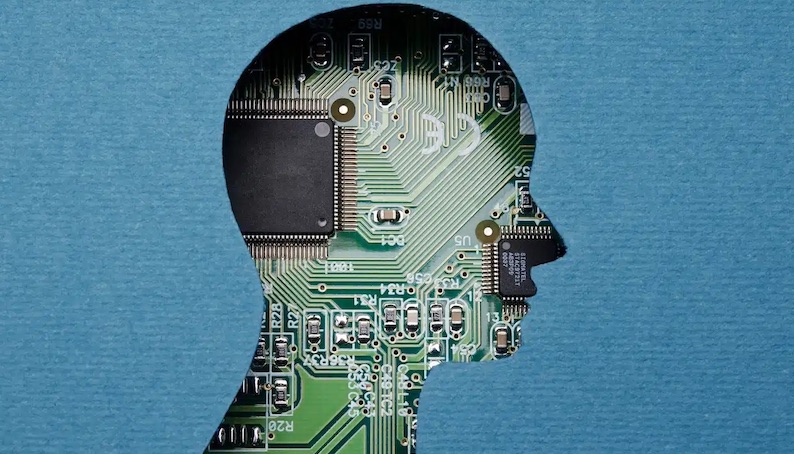This article was written by someone persona or theartificial intelligence? As much as we can swear and perjure ourselves, we have no way of confirming the authenticity of what we are about to write. Or at least, we didn’t until today. In fact, on the Noplagio.it website comes the AI detectorwhich allows you to understand whether a text was written by ChatGPT, Google Gemini — or by real people.
Detector AI, the Italian tool for understanding who wrote a text
How to understand if a text is original or plagiarized using AI? A question that was asked by both students and professors in class, but also researchers, journalists and writers. If drawing inspiration or information from a text is legitimate (we, for example, discovered this tool thanks to the HDBlog.it report), use AI to modify a source “just enough”, without citing it, it is not ethically correct.
To expose those who copy other people’s work using AI, Noplagio.it he threw an relevator of artificial intelligence called AI detector. The tool is used to recognize texts in Italian, with a level of precision approaching 100% — at least according to what the site itself explains.

According to what Chorst Klaus, co-founder of Noplagio.it, reports, identifying the origin of the texts becomes fundamental. Something that “goes beyond a critical thinking exercise: AI tools they often provide false or misleading information that needs to be checked in advance to avoid further spread.” The same goes for the world of education: if we evaluate students on written texts, we must at least know whether or not they have used ChatGPT.
Is AI enough to unmask ChatGPT?
On the official website of Noplagio.it, the creators explain that the AI detector in turn uses algorithms and machine learning techniques. In other words, use AI to unmask AI. The site also shows how text taken as an example can have different styles based on the type of AI used. It even shows a percentage of how original or AI-created a text is.
The great news concerns the fact that it is not, like many other tools, only in English. In fact, it can analyze beyond local languages like Italian, French, Spanish, English, German and Lithuanian. And according to the data, reported by the company itself, it has an extraordinary accuracy of 99.7%. A difficult number to dispute: an in-depth analysis by a third party, such as a university, would be needed. We would avoid using it as a definitive tool — but it could be a start.

The idea is to analyze a text that we are not sure comes from the AI, to understand whether or not to pay attention to what is written there. So, if the AI Detector debunks the use of ChatGPT in an article, perhaps it’s best to look up that news story online and evaluate other sources. And if a professor discloses the use of AI in an assignment, he can ask the students some questions to understand if they really know the topic. Also because it would be ironic to determine whether a text was written by AI, using only AI.
The Noplagio.it tool also has other features, such as the possibility of controlling the SEO value of a text (how optimized it is so that Google finds it and proposes it as a result of an online search) and more. In short, a useful tool — like ChatGPT or Google Gemini. And like them, it must be used with (human) intelligence.
















Leave a Reply
View Comments